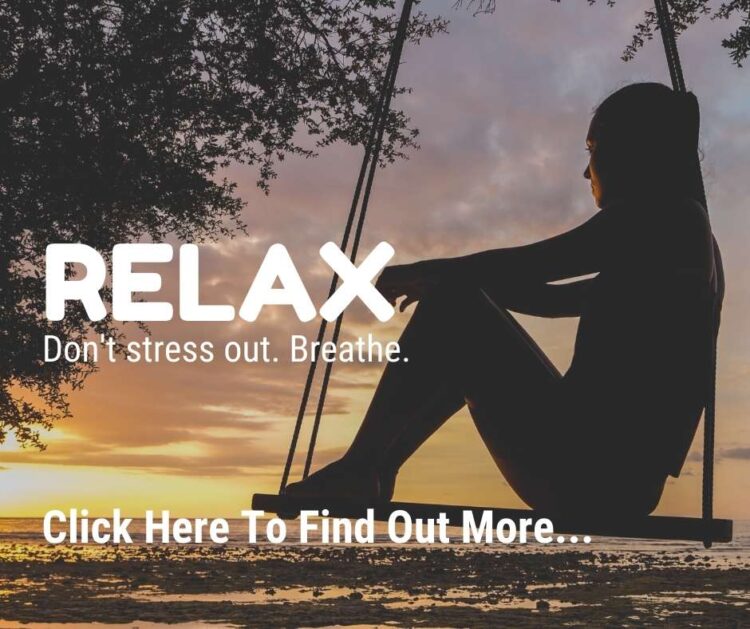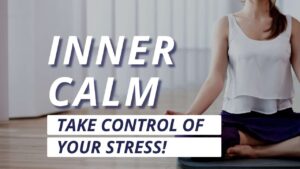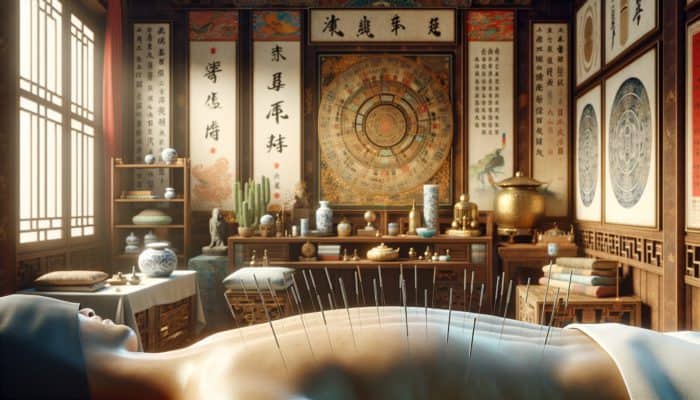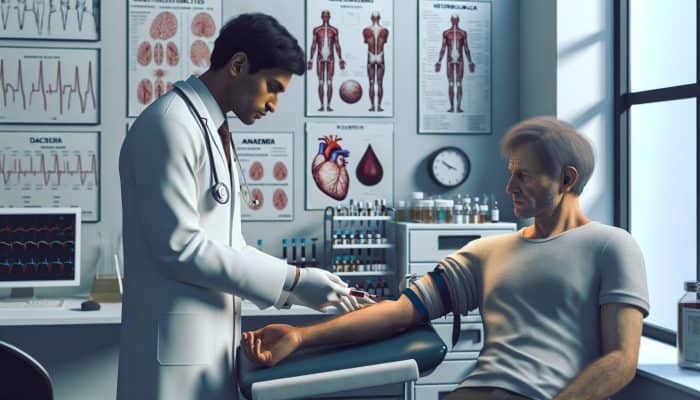The Relaxation Reaction
Doctor Herbert Benson's 1975 book, The Relaxation Response, describes a technique for employing stress and concern as triggers to promote mental wellness. You read it correctly: you can use stress to feel better and think more clearly.
Doctor Benson established the Mind and Body Medical Institute at Massachusetts General Hospital in Boston, Massachusetts, in the United States. The Harvard Medical School graduate and author of 12 books has sold more than 5 million copies, with a concentration on harnessing the power of the mind to produce predictable and guaranteed results.
The Relaxation Response is a meditation technique that uses your thoughts to elicit a physical response. When you adopt this strategy, your metabolism slows, as does your heart rate and breathing rate, and your brain activity falls to a stress-free level. The following is what you must do.
Set aside 10 to 20 minutes per day for the next two to four weeks. This time will be spent teaching your mind how to respond to stress and anxiety in a healthy way. Close your eyes and choose a peaceful spot to sit. Relax your muscles as you make your way up to your body, starting with your feet and working your way up. Breathe in and out through your nose, becoming acutely aware of each breath. Say the word “one” as you exhale.
You can also use calming terms such as “peace” or “relax.” Breathe in this manner for 10 to 20 minutes. Set no alarm clocks because they will disrupt your rest. It is totally normal to check the clock and your progress every few minutes.
When you're finished, sit quietly for a few moments. Open your eyes slowly. After a few minutes, get up and don't be concerned about whether or not you've achieved a level of serenity. With time and practise, this simple method can quickly give you the stress-free, anxiety-free mental state you seek.
Then, if you see anxiety sneaking in, you immediately utilise this tranquil, time-tested mental health booster. The Relaxation Response book is available from Amazon and other online stores as a digital download and paperback.
(However, do not try this within 2 hours of eating, since your digestive process may interfere with your success.)
Yoga for Body Relaxation
There are various books and DVDs accessible online that show how to use yoga to alleviate stress. “Yoga helps us to take a breather and settle down for a little,” says Dr Terri Kennedy, a certified yoga instructor. We may relax by simply focusing on one thing – the concept of meditation.”
She also discusses how various asanas (yoga poses) relieve tension in various ways. For example, the simple Child's Pose (Balasana) instantly puts you in a meditative state, allowing your body to feel calm and relaxed. The yoga asanas listed below are also great for calming your mind, relieving stress, and relaxing your body.
Uttanasana (Standing Forward Bend) — If you've practised yoga before, you'll recognise this as a transitional stance. It can be used as a physical stress reliever when practised in its own position. Reversing your blood flow improves your hips, hamstrings, and thighs, causing your legs to relax quickly.
Corpse Stance (Savasana) – Based on the name, you can probably imagine what this pose looks like. Some yoga courses will conclude with a few minutes in this calming pose. Because your entire body is quiet and tranquil, you completely relax and, in many cases, fall asleep.
Cat Pose (Marjaryasana) – This yoga pose helps to relax your back and spine. This is another transitional position that should be practised on its own to soothe and stretch the lower back.
Taijiquan If you search for “tai chi for stress relief,” you'll find hundreds of thousands of results. This is because a significant body of medical research shows that practising tai chi is a simple and effective way to attain a state of physical relaxation.
This is a particularly popular physical fitness strategy among people recovering from injuries and the elderly because it comprises non-impact activities. The aches and pains linked with regular exercise do not affect your knees, back, elbows, or shoulders.
The slow-moving types of Tai Chi stretch your ligaments, tendons, and muscles. This is a slow stretching method that will progressively boost your physical capabilities in a stress-free manner. This “healthy stretching” releases tension all over your body. Tai chi is also an excellent technique to decrease mental stress while simultaneously relaxing your entire body from head to toe.
The second part of this article was brought to you by: Bristol Acupuncture Clinic
The post How To Take Control Of Your Stress (Part 2) appeared first on https://buydroppeddomains.com
The post How To Take Control Of Your Stress (Part 2) appeared first on https://wookicentral.com
The post How To Take Control Of Your Stress (Part 2) appeared first on https://gqcentral.co.uk
















